Optimal Timing for Tennis Court Restorations
Tennis court restorations are most effective when scheduled during periods of stable weather and moderate temperatures. Optimal conditions help ensure proper curing and adhesion of resurfacing materials, leading to longer-lasting results. Typically, late spring through early fall offers ideal conditions in many regions, avoiding extreme heat or cold that can compromise the restoration process.
Spring offers moderate temperatures and longer daylight hours, facilitating efficient restoration work and quick drying times.
Summer provides warm weather, but high temperatures can cause rapid drying, so scheduling during cooler parts of the day is recommended.
Fall generally provides stable weather and cooler temperatures, reducing the risk of heat-related issues during restoration.
Winter is typically unsuitable due to cold temperatures, frost, and precipitation, which can delay or damage restoration efforts.
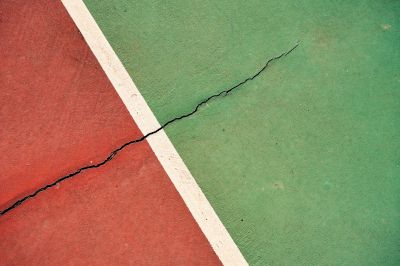
Ways to make Tennis Court Restorations work in tight or awkward layouts.
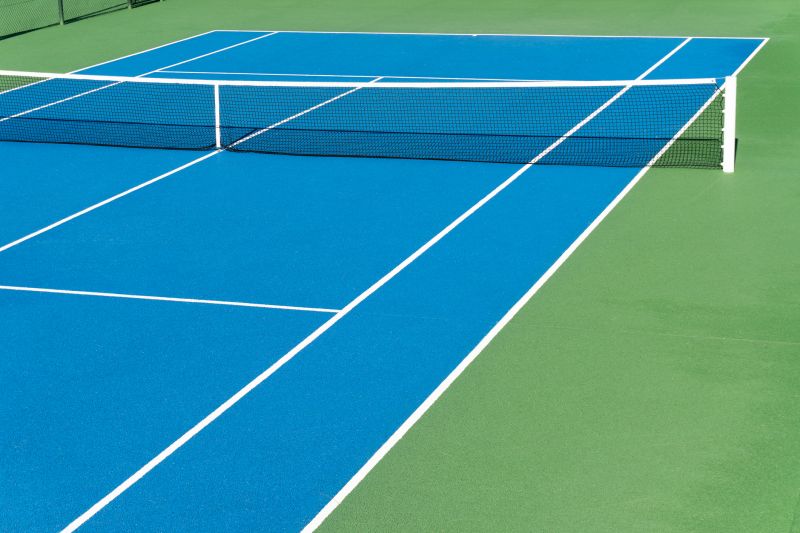
Popular materials for Tennis Court Restorations and why they hold up over time.
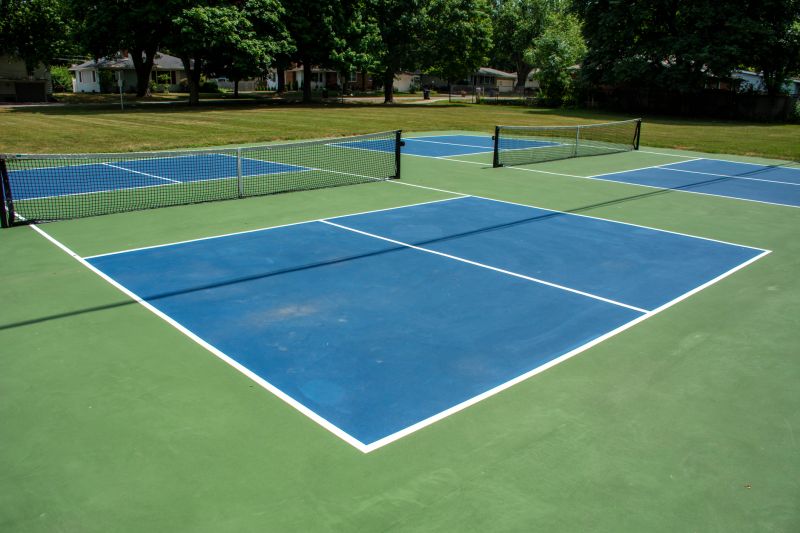
Simple add-ons that improve Tennis Court Restorations without blowing the budget.

High-end options that actually feel worth it for Tennis Court Restorations.
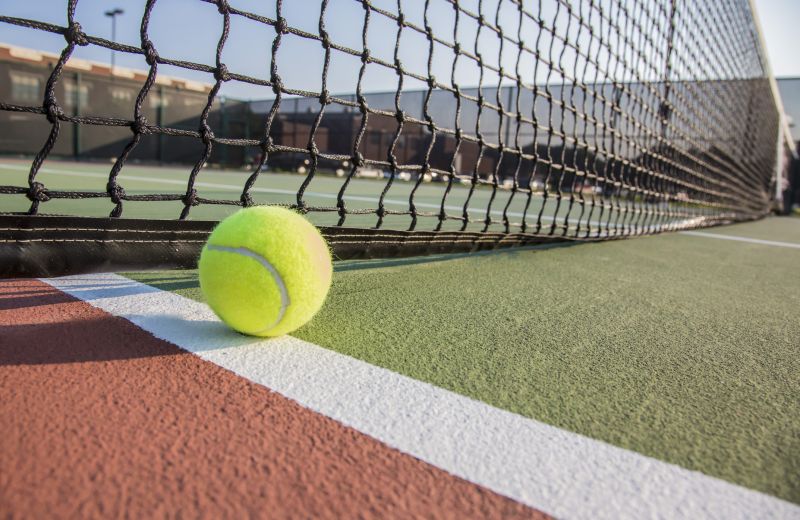
Finishes and colors that play nicely with Tennis Court Restorations.
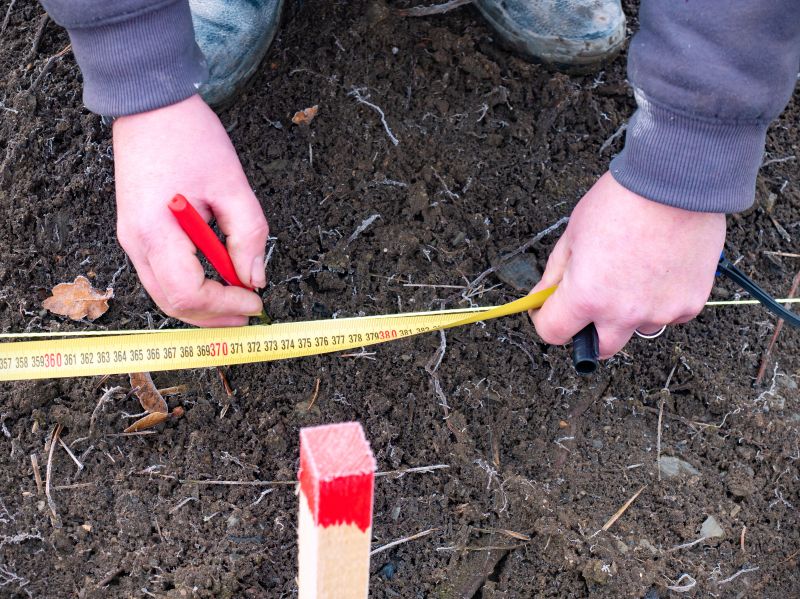
Little measurements that prevent headaches on Tennis Court Restorations day.
Tennis court restorations involve resurfacing, crack repairs, and surface leveling to ensure optimal playing conditions and safety. Proper timing enhances the durability of the work, reduces the need for frequent repairs, and maintains the court's aesthetic appeal. Advances in resurfacing materials and techniques have increased the lifespan of tennis courts, with proper scheduling playing a critical role in maximizing these benefits.
| Season | Ideal Conditions |
|---|---|
| Spring | Moderate temperatures, low humidity, and longer days |
| Summer | Warm weather with cooler parts of the day, avoid extreme heat |
| Fall | Stable weather, cooler temperatures, less humidity |
| Winter | Not suitable due to cold, frost, and precipitation |
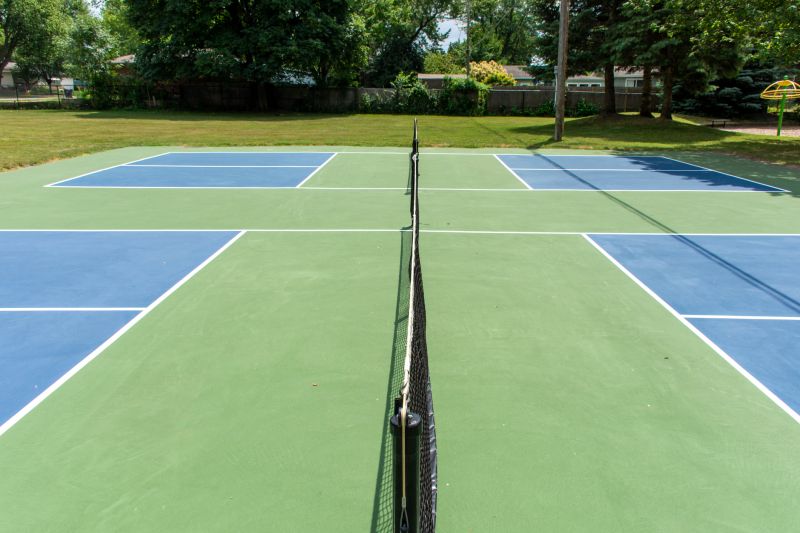
A 60-second routine that keeps Tennis Court Restorations looking new.
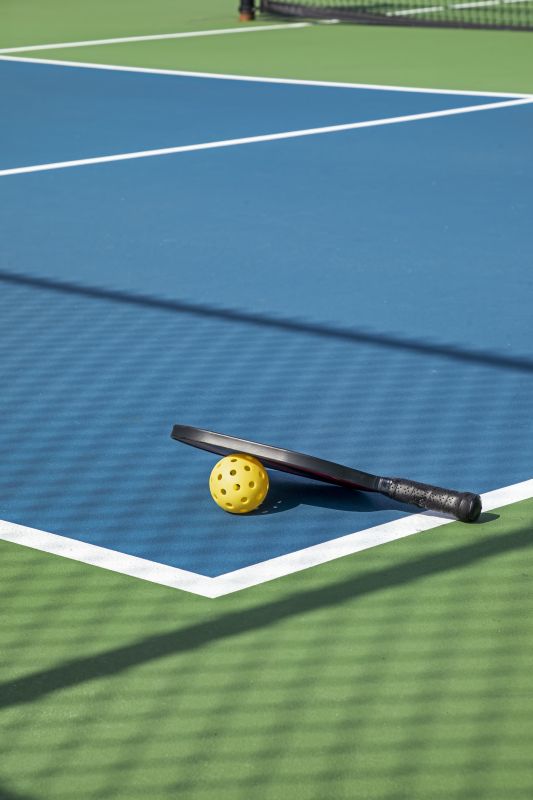
A frequent mistake in Tennis Court Restorations and how to dodge it.
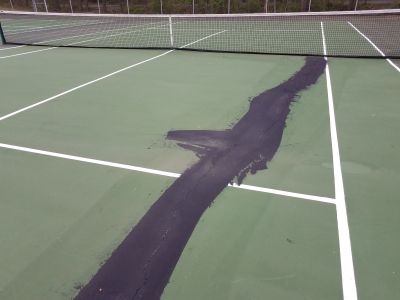
Small tweaks to make Tennis Court Restorations safer and easier to use.

Lower-waste or water-saving choices for Tennis Court Restorations.
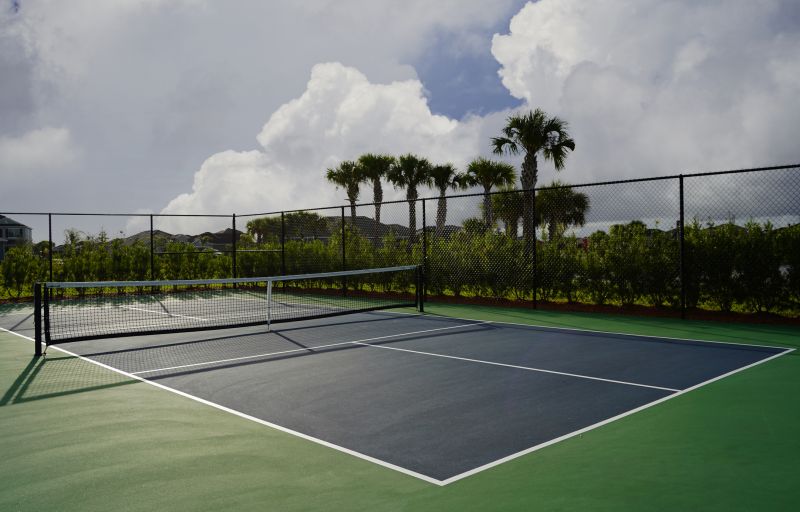
The short, realistic tool list for quality Tennis Court Restorations.

Rough timing from prep to clean-up for Tennis Court Restorations.

Quick checks and paperwork to keep after Tennis Court Restorations.

Examples that show the impact a good Tennis Court Restorations can make.
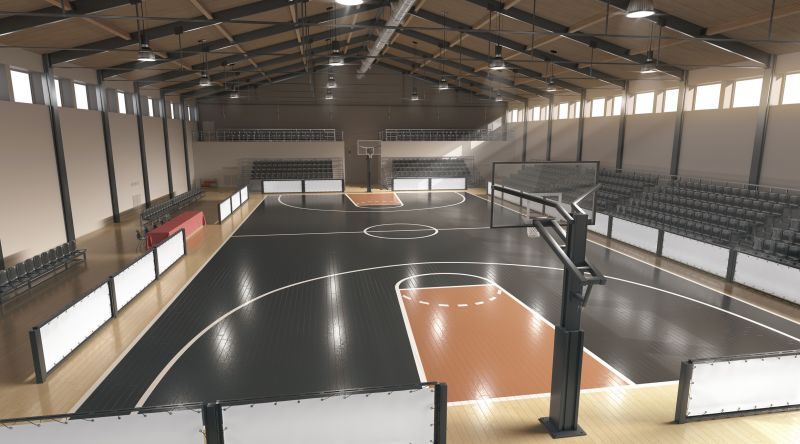
Ways to make Tennis Court Restorations work in tight or awkward layouts.
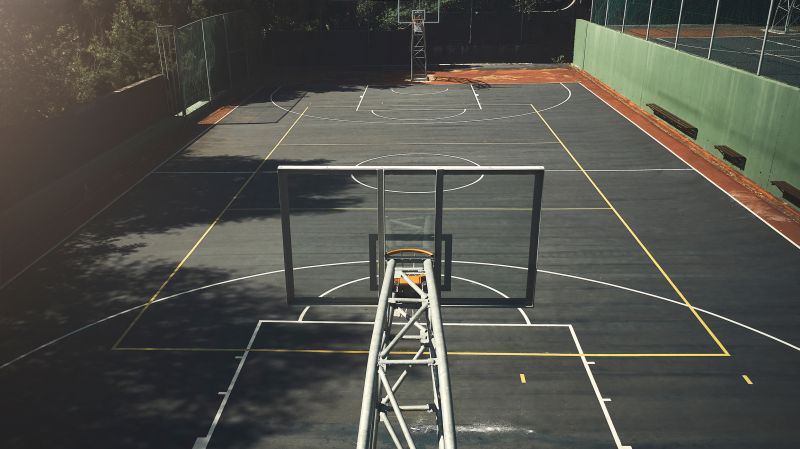
Ways to make Tennis Court Restorations work in tight or awkward layouts.
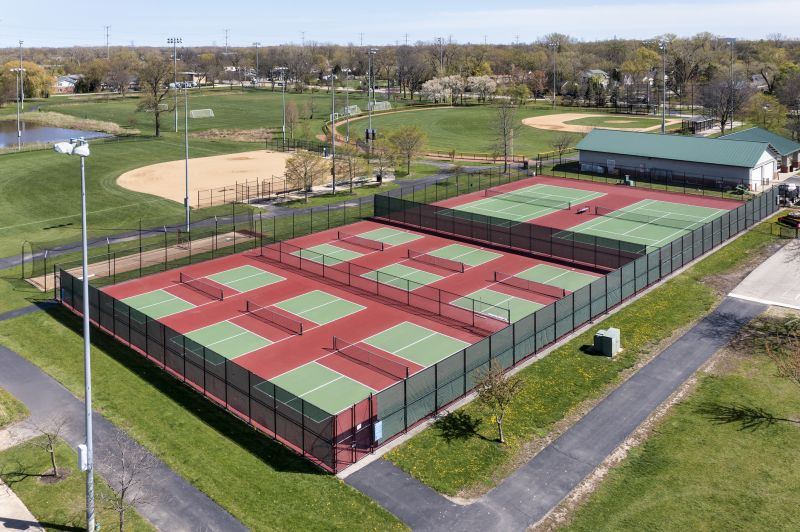
Ways to make Tennis Court Restorations work in tight or awkward layouts.
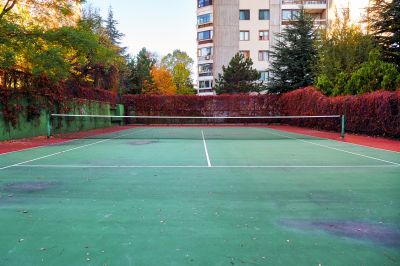
Ways to make Tennis Court Restorations work in tight or awkward layouts.
Scheduling tennis court restorations during the optimal seasons ensures the best results and longevity of the surface. Proper timing reduces the risk of weather-related disruptions and enhances the quality of work. Regular maintenance and timely restorations contribute to consistent playability and safety for users.
Interested in restoring a tennis court? Fill out the contact form to receive more information and schedule a consultation.



